Sustainability in fashion has been a growing conversation in recent years, with the rising popularity of thrift stores and increasing knowledge of fast fashion’s negative side effects.
I’m Chloe Savan, and today I’m joined by senior journalism student Skyli Alvarez to discuss her story, Historian, Educator Explores Sustainability and Eco-Consciousness Through Lens of Fashion History.
Savan: To start with, I loved your story on Sara Idacavage. Is that how you say her name?
Skyli Alvarez: Yes, yes.
Savan: I think you’ve covered every single one of your bases. So first of all, good job with that. But what inspired you to cover the story?
Alvarez: So, I hadn’t met her until I did the story, but I had seen some of her lectures — just posted information about them — and she always seemed like a really neat figure at UGA, and one with a really interesting perspective. I wanted to go to Parsons (School of Design) for school but because of COVID, I ended up staying here. And I saw that I think — yes, she went to FIT (Fashion Institute of Technology) and Parsons, and taught there. So I was like, ‘Whoa, someone can go to New York and Athens.’ And I just think her area of focus is so interesting.
I also study art history, and I find that so much of my work within that field applies to what I’m doing in journalism, and I’ve always wanted to explore fashion history as well, just out of pure interest. And I think it’s neat how she’s looking both at fashion history and sustainability and using both fields to inform one another, just because I feel like they are so interdisciplinary. Especially in sustainable approaches, you have to look to different avenues that people don’t typically associate with sustainability. But of course, the fashion industry, and like polyester — just the fashion industry as a whole is such a big informant on sustainability, and just waste production.
Savan: How did you find her? I know you talked a little bit about how you found her, but how did you come across Sara Idacavage?
Alvarez: Yeah, just I think seeing on Instagram; I had some friends who are in Fair Fashion, and I was in FDSA (Fashion Design Student Organization) for a while. And now that I’m in Strike (Magazine), I feel like I am around people in the FACS — Family and Consumer Science — building, in those programs, a lot. So on Instagram, I would see fliers for lectures she would do. I know she worked with the Special Collections (Library) a couple of times. And she’s actually working right now on a new exhibit, I think for this summer, which will be super cool. But, yeah, I would just see her presence a lot online on Instagram. And I just reached out to her through her email, and she responded right away. And she was so sweet and so open to being a part of the project, especially because last year was her first official time teaching a class and really having the abilities to do with the class what she wanted to, and having the freedom to build her own syllabus and curriculum.
Savan: What did you find the most interesting about her story?
Alvarez: Yeah, so I did the illustration. At the time — I now have an iPad, thank goodness, so I can do digital art now which is so much easier — I watercolored. So I’ll start at the beginning.
I went to film the video and make environmental portraits of her at her house, in her closet. And then we did a little closet tour because a big thing is that she uses her clothing to teach — my whole story is on how she uses experience, experiential learning to teach, and how she can pull from her own closet and then show small details on certain garments, accessories as reflections of their given historical moment, which is super interesting. And yeah, I just took a couple pieces of hers that were especially memorable to her or that held particular historical significance. And I just made watercolor illustrations of them, and then I just scanned them and then added the text in digitally. But I love multiplatform multimedia storytelling, and I think that illustration is something that a lot of people are quick to kind of just disregard or not even think of as an avenue through which to story tell. So I was really thankful that I was able to use it in that story.
Savan: Yeah, that was a very creative way of adding in some, almost 3D elements. And it was interesting to see a little bit about each piece.
Alvarez: You know, it was so neat, like her explaining a tiny detail and being like, ‘Oh, you can tell it’s from like, this period, because blah blah blah.’ I know a lot of that came from her own experience working in archives, for fashion designers, and just touching so much material so often that now she can touch a garment and be like, ‘Oh, I know what this is. I most likely know what this is from.’ And it’s all through experience.
Savan: So it seems like you had a really, really good interview with her. And of course, with a good interview comes a lot of good quotes that you have to cut out. So what was something that didn’t make it into the final draft?
Alvarez: Definitely the exhibit that she’s organizing for the summer. I really wanted to learn more about it. And then even — I wanted to, ideally, make photos of her at the Special Collections as she’s been doing research collecting things, but timing didn’t end up working. But that would have definitely been something fun to have added. But yeah, just more to her curatorial work. I think as a whole, you can say that. That’s what I wanted to explore more.
Savan: And what was your favorite part of writing this story?
Alvarez: Definitely when I made the video and then made the portraits of her doing her little closet tour. I think that was so neat and further dimensionalized her as a person. And then, obviously, that informs all of her work, and I think just brought a greater level of person-ness to my story. It was just neat to watch her talk about her clothing and where she got each piece because each of them had such a crazy story. It was just so cool to look at, because I love collecting, and I was like, ‘This is so neat. I can use my clothes to teach as well.’
Savan: Is fashion history something that interests you as well? Would this be something that you would want to do?
Alvarez: I would love to go into fashion history, or even just do more freelance work around fashion history. Like I mentioned earlier, I study art history, and there’s always such a big exclusion of fashion within that conversation because I feel like the connotations that fashion has. But I feel like dress most definitely is a mode of storytelling that is so important. And even in my story, in one of the first interviews I did with Sara, she talked about how people were like, ‘Oh, like why fashion? No one can relate to that except for rich people.’ But it’s like, all of us are wearing clothes. We’re all engaging and interacting with dress, with clothes on a daily basis. And you can place so many things within the context of dress. So yeah, I’d love to learn more about fashion history. And even this summer, I did a story on corporate goths, which I love — I love subcultures and looking at the dress of subcultures. So I definitely want to do more stories surrounding different niche trends, styles, things like that.
Savan: What I found really interesting was how you pulled in other groups, like Totally Taylored and Fashion Revolution Day. So how did you find those, and why did you choose to include those in this story?
Alvarez: Yeah, so obviously, I didn’t want to just have Sara’s perspective. So I included the perspective of one of her students and other sustainable entrepreneurs, small businesses here. When (Sara) sent me her syllabus for the class, which I looked at a lot throughout my writing, and I was looking at the sources that she was having her students talk to, and listen to in different zoom calls, lectures, things like that. And then even just the articles in the scholarship that she was having her students read, just so that I could further understand the class.
And she had a couple of field trips, one of which was at Community. And I know there have been a bunch of student stories about community — even like a professor last year was like, ‘No Community stories. As awesome as it is, it’s been covered so many times,’ but I just went to that field trip and just made photos, and then briefly talked to Sanni, and — I think that’s how to say her name, the owner — and then one of the seamstresses who then I ended up interviewing is just another perspective on fashion sustainability from a designer perspective. And as someone who is a seamstress that … she does alterations, and she explained doing alterations in a way that I really had never thought of before. But she just explained the most fulfilling part of upcycling people’s clothes was allowing them to feel comfortable in their clothing again, while promoting upcycling, instead of just going out and buying a new piece. Like using what you have and just changing it up a little, which I thought was really neat.
And then Totally Taylored. I feel like I actually met her years ago at a pop-up in Alpharetta or something, which is crazy. And then I saw on Sara’s syllabus that she was having a field trip to [Taylor’s] store one of the days. So I was like, ‘Oh, I guess I’ll just interview her, as well,’ as another kind of anecdote from another small, locally-owned business here that’s promoting sustainability — not necessarily fashion, but through home goods, and things like that, because she also had a refillery shop as well. So, just trying to paint the picture of sustainability in the realm of fashion and style, but through different voices.
Savan: I find that in every interview, or in every story, I learn something from my sources, no matter how passionate I was about the subject before. So what was something that you took away?
Alvarez: That anyone can begin to try to adopt more sustainable efforts in their clothes and their lifestyles, but also in how they consume clothes. Because I feel like for me, I thrift, I live on eBay and Poshmark and all of those websites, but at the same time, just because I’m buying something secondhand doesn’t mean that I’m still not over-consuming. and I find that to be quite problematic.
And yeah, I think Sara, when she was kind of telling me about her background, she said, like when she first went to New York, she really struggled to just kind of curate a wardrobe and a way to present herself. So she would go to Zara, H&M, Forever 21. And then after each season, she would find herself literally bringing all of those clothes to Goodwill, and she just didn’t like how that made her feel. And then she was totally transparent about that and not being like, “Oh, I never shop fast fashion.” And she’s like, “No, I did, and that’s kind of a starting point. It’s OK.” People shouldn’t feel guilty for that, and then use that as a way to be, “I can never. I can never buy secondhand things. I can never not buy fast fashion,” because, we have to start somewhere, you know?
I think the extreme of this, of having to have a 100% sustainable lifestyle, that’s not realistic always. And eco-guilt and eco-anxiety are such big factors into that. So I think just, yeah, allowing yourself grace and not feeling like you have to go cold turkey.
Savan: What else do you want readers to know about the story that they might not have taken away or that they might have not have noticed in the text itself?
Alvarez: I guess the amount of time spent on it. I literally spent the entire semester last year, or I spent all of last semester working on the story basically up until April, mid-April, early May. I don’t know exactly. But yeah, it took me a really long time to work on it. But I feel like it was — I felt all the more fulfilled upon finishing it. Because, again, I had the time to try to do as much research as I could and I had the time to try to find different perspectives instead of, again, just having her and a student and knowing that I didn’t just snap my fingers and now the story was done. I feel like I’m the slowest writer in the world. And I guess it paid off because I was quite proud of the story at the end. But yeah, I guess just people knowing that it sometimes takes long to work on a multiplatform piece, but that it’s worth it.
Savan: When I was reading your story at first, I could definitely tell how much time and effort that you would put into it, especially through just the illustration alone, I could really tell that it was a labor of love.
Alvarez: It was so enjoyable to work on. So I guess, actually, that would be my advice: To pursue the stories that you’re most interested in. Just realizing that, yeah, if there’s a story that you want to pursue, that fascination won’t go away unless you really channel it and act on it. And I feel like it can be tough sometimes to really sit down and write a piece. But yeah, just pursuing the stories and the topics that you’re interested in is so fulfilling and just enjoyable to learn about how those topics are being applied in your local community.
Savan: That being said, Are there any stories that you would hope to cover in the near future?
Alvarez: Yes. I really want to do — I need to get on it soon — but I really want to work on a deep dive on the goth subculture story. Or, yeah, just more stories on different subcultures and styles. Especially — I think the history of goth fashion is so interesting. So I’m always like, in my brain, I’m like, “My beat should be goth.” Because, I don’t know, that corporate goth story I worked on over the summer was so fun.
And then I want to also work on some stories exploring second- and third-generation Asian American perspectives, but through specific angles. I’m still working through what I want to pitch to whom.
And then just more photo essays. I really want to continue weaving photojournalism, and just documentary photo, into my daily practice and making it a daily practice. So I have a couple of photo essay ideas that I’m trying to work on this semester, when and if I have the time.
Chloe Savan is a graduate student in the journalism program at the Grady College of Journalism and Mass Communication.


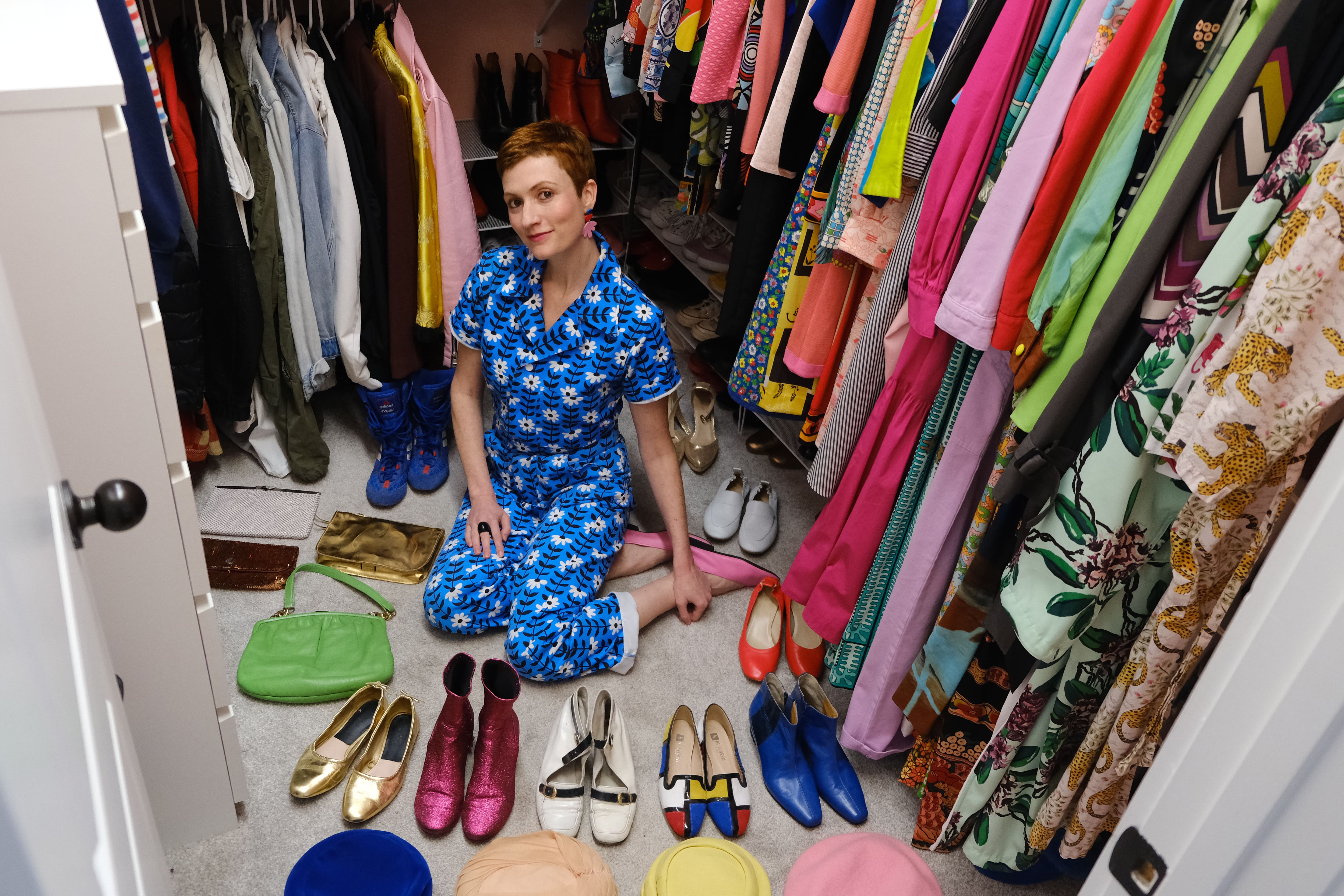
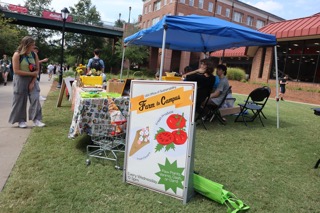

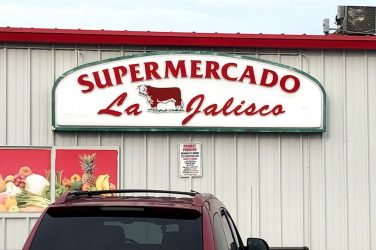
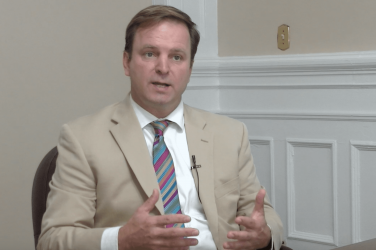
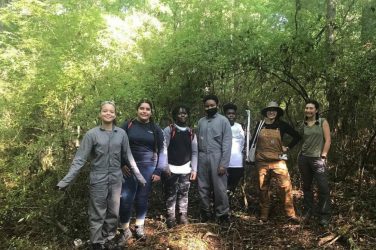

Show Comments (1)